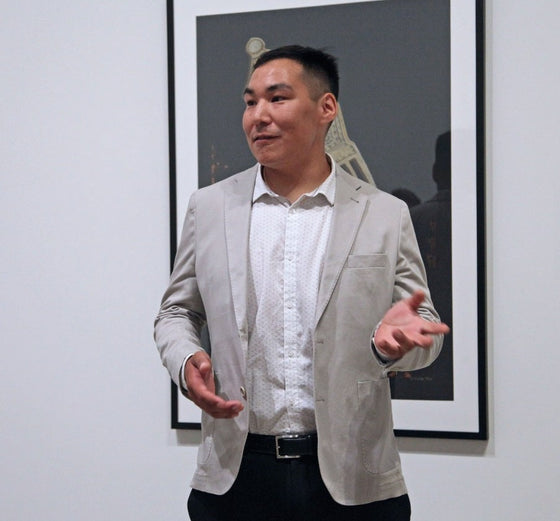Welcome to Made In Canada Gifts
We provide distinctive Canadian made art, jewellery, gifts & décor
Shop online or at our two gift galleries in Canada's capital Ottawa
We ship worldwide and offer FREE SHIPPING on orders over $120 CAD to Canada, or $120 USD to USA
Have a question? Call us at 613-729-6378 and speak with a live human!
Join us in our commitment to supporting Canadian craftsmanship
Some Canadian cities’ name you probably didn’t know were derived from an Indigenous word

Toronto

Toronto is a name derived from the Mohawk word Tkaronto, which means ‘where there are trees standing in the water’. Tkaronto originally referred to ‘The Narrows’ (near Orillia today) where groups drove stakes into the water to create fish weirs. Eventually, the name referred to the lake itself (The Lac de Taronto) and in the 18th century the spelling changed to the currently known Toronto, which now designates a larger region: the city of Toronto.
Ottawa

Before it was known as Ottawa, the capital of Canada was originally named Bytown. It was named for the Odawa First Nation. Although, oddly enough, Ottawa is not located on the Odawa First Nation’s territory (their territory stretches along the Eastern shores of Lake Huron & Michigan). ‘Odawa’ is an Algonquin word, which signifies ‘to trade’. Ottawa did not get its current name until 1855.
Mississauga

The city of Mississauga was originally named the Toronto township years before the community of York, which was more heavily populated, incorporated as the city of Toronto in 1834. In order to not have a copycat name, the town renamed their city ‘Mississaugua’, since it was on the territory of the ‘Mississauga of the Credit’ nation. Residents voted for the new name with the permission of that First Nation group of course. The word comes from the Anishinaabe word ‘Misi-zaagiing’, which loosely translates to ‘Great River-mouth’.
Winnipeg

The name Winnipeg comes from the Cree Nation. It derives from the name the Crees gave to the Winnipeg Lake, which has very muddy waters. ‘Win’ means muddy and ‘nipee’ means water. After many different spellings of the name over the years, the city adopted the name Winnipeg in 1873.
Quebec City

The name of Quebec City was inspired by an Algonquin word, which means ‘where the river narrows’.
Saskatoon

When travelling to hunt buffalo, members of Ahenakew’s band stopped at Saskatoon’s current location to cut the Saskatoon berry willows (as pictured). The place where willows were cut is called ‘manimisāskwatān’ in Cree. The shortened is sāskwatān, which later became Saskatoon.
Now if you ever visit these Canadian cities, you will know a little bit more about the origin of their names!
Sources:
https://www.thecanadianencyclopedia.ca/en/article/largest-cities-in-canada-with-an-indigenous-name
https://en.wikipedia.org/wiki/Mississaugas
https://en.wikipedia.org/wiki/History_of_Winnipeg
1 Response
Leave a comment
Comments will be approved before showing up.
Also in Tail Slapping Canadian Facts!

What is a Dreamcatcher?
What is a dreamcatcher? Read ahead and learn about Canadian symbolism, tradition, and the significance of a dreamcatcher!

The Rideau Canal: History, Geography, and its significance to Ottawans
For travellers and locals alike, there’s one landmark that truly makes Ottawa what it is, and that is the iconic Rideau Canal.


Carrie Mosier
May 06, 2024
Hi madeincanadagifts.ca webmaster, Keep it up!